The New Deal & Its Legacies
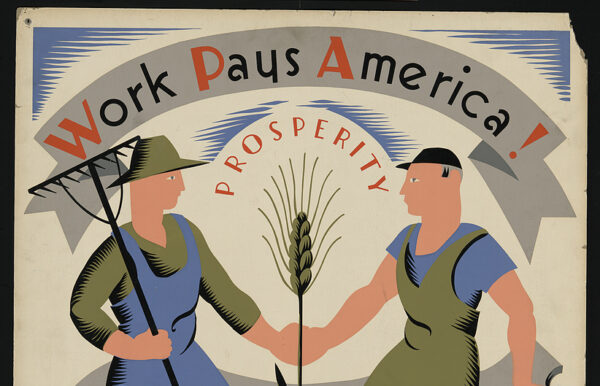
Considered together, these essays draw upon historical, political, and artistic reflections on the New Deal era in ways that both offer a richer understanding of the New Deal historical moment and provide a fuller basis for reflecting on our current crossroads in American life. Standing at another moment of crisis, facing once again economic hardship and political division, seeking ways to understand the political meaning of our artistic and literary culture, the importance of this historically themed exchange was palpable.
Issue #47: The New Deal & Its Legacies

In this issue we draw upon historical, political, and artistic reflections on the New Deal era in ways that both offer a richer understanding of that historical moment and provide a fuller basis for reflecting on our current crossroads in American life. Standing at another moment of crisis, facing once again economic hardship and political division, the importance of this historically themed discussion is palpable.
The Problem of Cézanne the Person in Relation to His Art
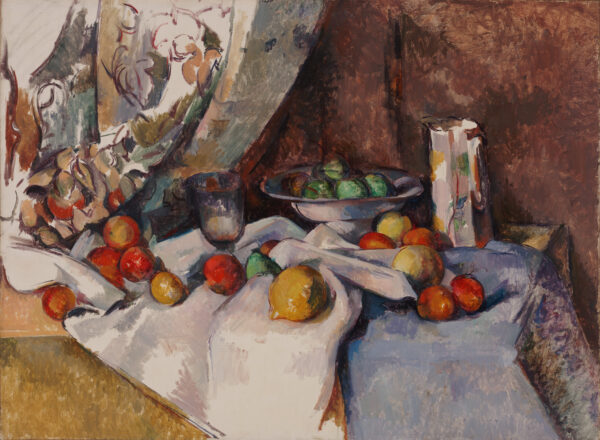
Cézanne eradicates any attribute that could facilitate an intellectual or emotional grasp of the objects represented in his pictorial world. Atmospheric content is systematically eliminated; life as if beheld by an “extrahuman” gaze grows cold; the illusion of three-dimensional space is laid bare; and line, a necessary evil, is deprived of even the slightest measure of expressive value, which until then it had still inescapably and as a matter of course assumed. Rather than cultivating a world of thought and feeling beneath appearances, Cézanne’s artistic ideology denies this possibility.
Gold is the New [ ]: Rossetti, Ruskin, and the Political Economy of Victorian Avant-Garde Art

For Rossetti, gold’s economic and monetary associations were something to be harnessed, wielded as a weapon, or presented as an offering. His reinterpretation of gold and gilding served, therefore, a most patently modern, even modernist, agenda: not the pursuit of novelty or Greenbergian “flatness” but the purposeful interrogation of established standards of value.
John Martin and the Art of Infrastructure
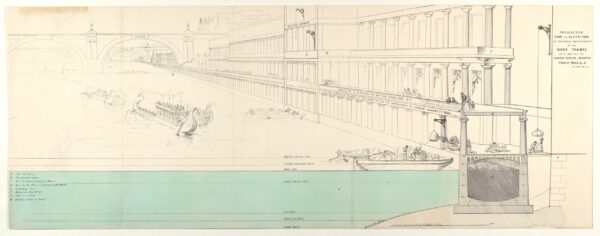
Although he may have held little in common with Marxist ideology, Martin appears to have been more alert than most to the negative disruption of a system of urban-rural exchange, more anxious than most about failing to harness the latent economic value of waste, and more motivated than most to see in infrastructure the potential for compensatory systems.
Style and Subjectivity, a Parable
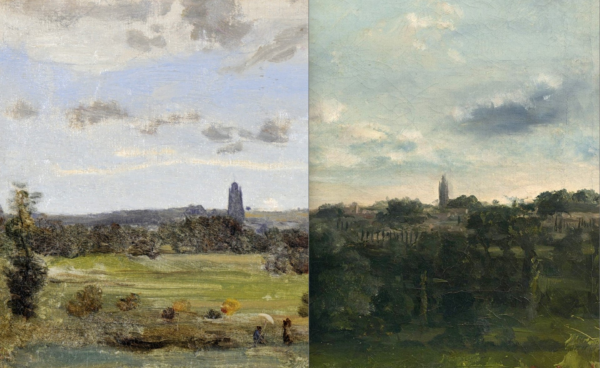
As the parable migrated from art criticism to the wider world, its purpose changed. Initially, it was used to understand artistic style, especially to shift the register of explanation from manual causes (the way a painter holds his brush, the materials he chooses, etc.) to cognitive ones (the way he sees and understands the world). With repeated retellings, however, cause and effect flipped. Instead of proving that style is subjective, the parable seemed to reveal that subjectivity is stylistic.
Berthe Morisot, Early Impressionist Criticism and the Aesthetics of the Plein-air Interior
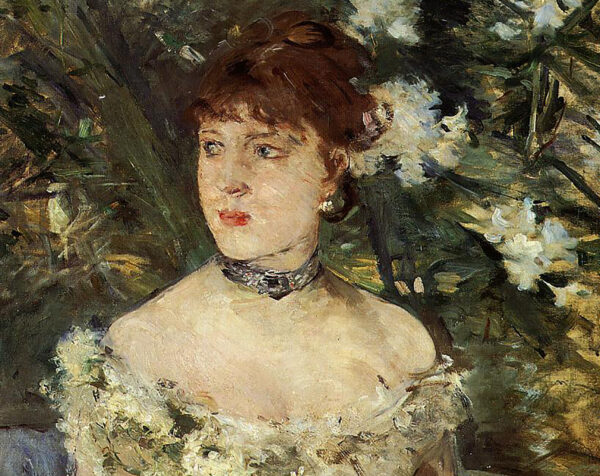
What Morisot does in Young Girl in a Ball Gown, as she does in so many of her female portraits, is to confuse interior and exterior. Again, the sofa has been pulled up against a window or balcony, and all blinds and shutters are thrown open, while real and fabricated foliage on fabrics mix in the viewer’s eye. The overall effect is a type of aesthetic confusion.
From Géricault’s Monomanes to Balzac’s La Recherche De L’absolu
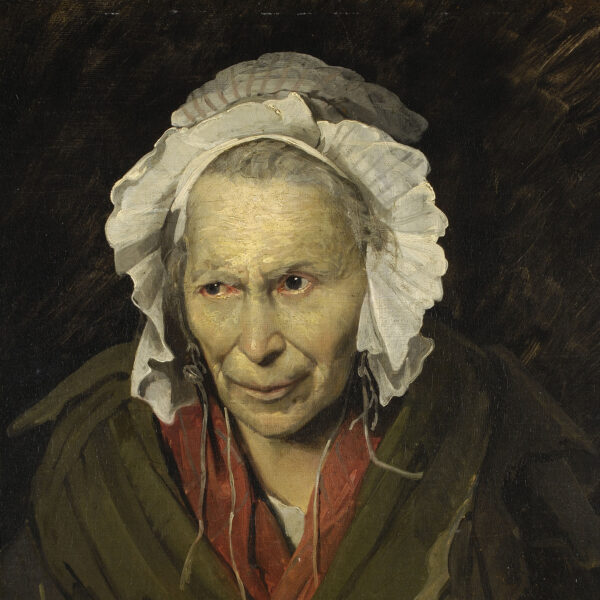
Now I want to go a step further and propose that the portraits of monomanes represent not only a climactic stage in Géricault’s development but also a decisive episode in the antitheatrical dialectic generally—as if they mark the limit case of absorption, beyond which for the moment, but perhaps not only for the moment, it was impossible for painting to go.
Issue #46: The Nineteenth Century (Part Four)
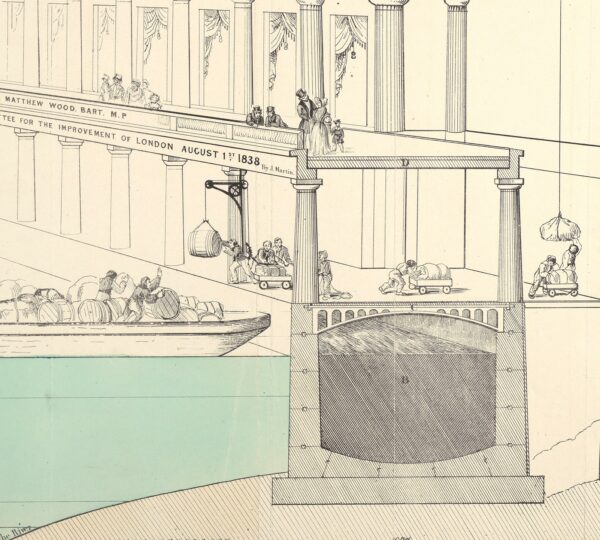
In this issue, part of an ongoing series co-edited by Bridget Alsdorf and Marnin Young, we feature new scholarship on nineteenth-century European art, including Michael Fried on Géricault, Balzac, and “the limit case of absorption”; Laura Kalba on Rossetti, Ruskin, and political economy; Claire Moran on Morisot and the plein-air interior; Stephanie O’Rourke on John Martin and infrastructure; and Harmon Siegel on subjectivity and style. Also featured is the first English-language version of Fritz Novotny’s essay “Das Problem des Menschen Cézanne im Verhältnis zu seiner Kunst” (1932), translated by Carmen Rosenberg-Miller as “The Problem of Cézanne the Person in Relation to His Art.”
Topics
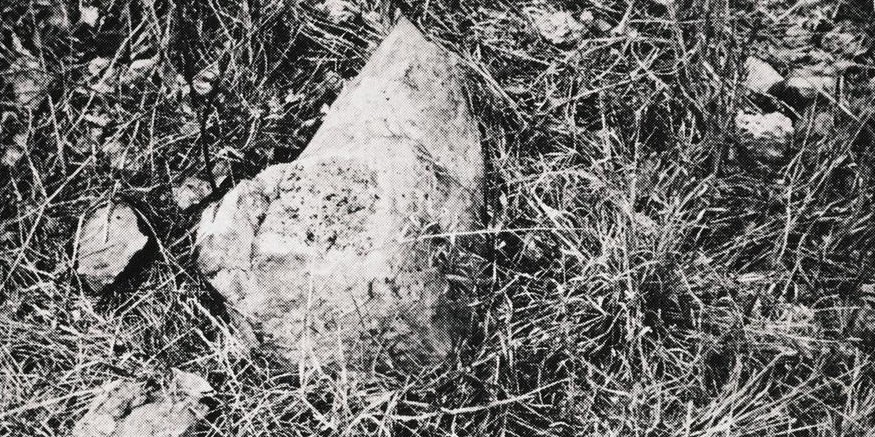
Browse by Topics
